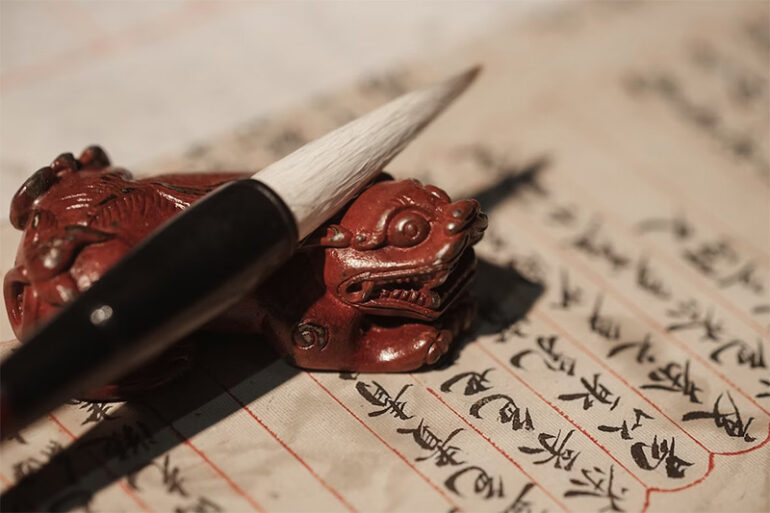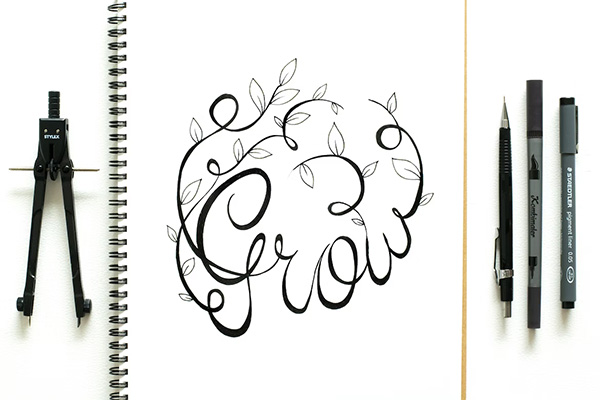The saga of calligraphy, an aesthetic means of written communication, dated back over 4,000 years ago. Ancient civilizations such as those in China and Egypt embraced this artistic form of writing to document history, culture, and philosophy. This visual art revolved around the design and execution of lettering, using a broad-tip instrument, brush, or other writing tools.
In China, calligraphy began to flourish during the Shang Dynasty (1600-1046 BC). This was a period when writing was etched on oracle bones for divination purposes. Similarly, in Egypt, hieroglyphs carved into stone bore a testament to the early form of calligraphy. These archaic systems of writing were the foundations upon which calligraphy evolved.
Expansion and Development
After then, calligraphy flourished globally and was influenced by politics, religion, and culture. Particularly in the Islamic culture, calligraphy was revered as a holy art form. Islamic calligraphy evolved as a form of artistic expression due to the ban on graphics in religious writings. However, the Qur’an’s divine words were intricately adorned with calligraphic scripts such as Kufic and Naskh.
Concurrently, in the Western world, illuminated manuscripts showcased the beauty of calligraphy during the Middle Ages. Monks in monasteries laboriously transcribed religious texts with decorated initials, miniature illustrations, and ornate lettering, thus creating visual hymns of devotion.
Modern Adaptations
Modern calligraphy blends typography and graphic design. Digital pens and design software enable digital calligraphy. Instead, it underwent a renaissance during the 19th century, spearheaded by individuals like Edward Johnston, who revived calligraphy with the foundational hand style.
The calligraphy of today has developed and adapted over time, fusing with typography and graphic design. In addition, the development of digital calligraphy has been made possible by contemporary instruments like design software and digital pens.
Calligraphy Across Cultures
As diverse as the cultures it has traversed, calligraphy differs greatly from region to region. Chinese calligraphy, for example, reflects the artist’s inner spirit through flowing, rhythmic brush strokes. On the other hand, Japanese calligraphy, or ‘Shodo,’ appreciates the harmony of composition and the balance of character design.
In contrast, Arabic calligraphy has a unique fluidity and geometric complexity reflecting the language’s structure. Western calligraphy, on the other hand, showcases consistency in form and spacing, highlighting the importance of discipline and precision.
The Enduring Legacy
The art of calligraphy has endured through the ages despite changes in technology and cultural preferences. We value beautifully designed logos, classy wedding invites, and uniquely handcrafted cards, demonstrating how much we value this art form. Yet, it penetrates our daily lives, frequently going unnoticed.
The journey of calligraphy through time and culture exemplifies its transformative nature and enduring essence. It is a timeless ode to human creativity and a testament to our persistent desire to communicate aesthetically. As we continue to write our global narrative, calligraphy will remain a vibrant part of our shared history and cultural expression.
Photo Attribution:
1st and featured image by https://unsplash.com/photos/l0R7b-OBLC0
2nd image by https://unsplash.com/photos/JXQgP-7OsK4

